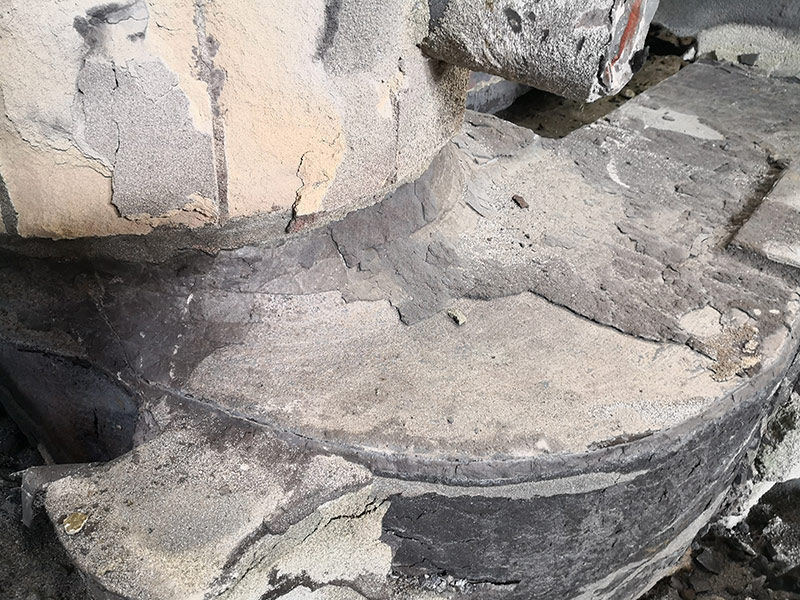The History of Sand Casting
Sand casting is one of the oldest and most versatile metal casting processes known to humanity. This method, which involves pouring molten metal into a sand mold to create a solid object, dates back thousands of years and has been essential in the development of various industries, ranging from automobile manufacturing to art and sculpture.
The origins of sand casting can be traced back to ancient civilizations. Archaeological evidence suggests that the technique was practiced as early as 3000 BC in Mesopotamia, where artisans used sand to create molds for bronze artifacts. The Egyptians also utilized sand casting techniques to produce intricate jewelry and tools, demonstrating the process's applicability across different cultures and applications.
The History of Sand Casting
During the Middle Ages, sand casting saw a decline in its use as blacksmithing and other metalworking techniques became more prominent. However, the demand for cast metal objects persisted, especially for weapons and tools. By the 14th century, sand casting experienced a resurgence, particularly in Europe, as artisans sought efficient methods to meet the growing needs of society.
history of sand casting

The Industrial Revolution marked a significant turning point for sand casting. With the advent of mass production and mechanization, the process underwent substantial advancements. Foundries began to adopt new technologies, improving the speed and efficiency of sand casting. The introduction of synthetic sands and more refined mold-making processes allowed for greater detail and accuracy in casted components. Additionally, innovations such as the use of artificial binders helped reduce the need for water in mold preparation, further enhancing the performance of sand molds.
Today, modern sand casting techniques have evolved yet remain fundamentally based on the principles established centuries ago. The use of computer-aided design (CAD) and simulation software has revolutionized the design and testing of sand molds, allowing for unprecedented levels of precision. Furthermore, advancements in materials science have led to the development of new sand mixtures and additives that increase the durability and performance of molds.
Sand casting continues to be a popular method in various industries due to its versatility and cost-effectiveness. It is used to produce everything from small intricate parts to large components for heavy machinery. Additionally, the resurgence of interest in artisanal and custom metalwork has also brought sand casting back into the spotlight, as artists and craftsmen appreciate the unique qualities of sand-cast objects.
In conclusion, the history of sand casting is a testament to human ingenuity and adaptability. From its ancient beginnings to its modern-day applications, sand casting has played a crucial role in shaping our material culture and industrial capabilities. As technology continues to advance, it is likely that sand casting will remain a vital process in metalworking, blending historical techniques with contemporary innovations for generations to come.
Post time:Dec . 17, 2024 02:05
Next:resin bonded sand casting
